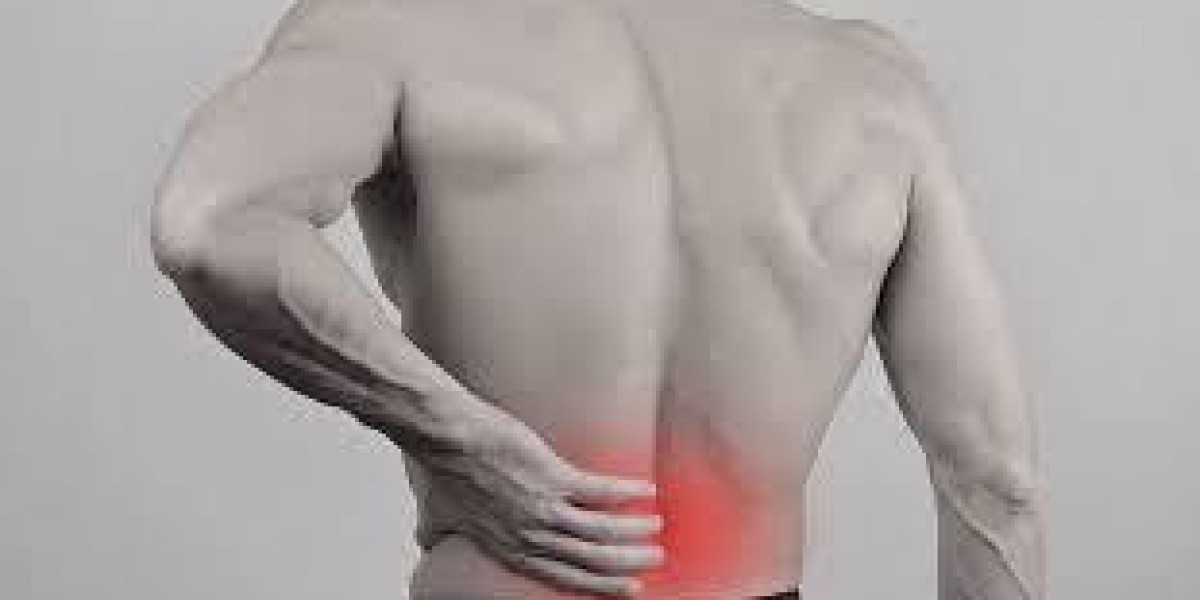Muscle soreness is a common and often uncomfortable sensation experienced by many individuals, especially after engaging in physical activities or workouts. Understanding the causes and types of muscle soreness is essential in developing effective strategies for relief and recovery.
In this article, we will explore safe and natural ways to address muscle soreness, emphasizing the importance of proper rest, nutrition, and holistic approaches to promote muscle health and alleviate discomfort. From herbal remedies to mobility exercises and heat/cold therapies, we will delve into a comprehensive guide to managing muscle soreness through a combination of evidence-based practices and mindful techniques.
Understanding Muscle Soreness
Whether it's from a killer workout or simply overdoing it with a new activity, muscle soreness is a common occurrence. Understanding why those muscles are aching can help you better address the issue.
Causes of Muscle Soreness
Muscle soreness often occurs due to tiny tears in the muscle fibers caused by physical activity. This is a normal part of the muscle-building process and is known as delayed-onset muscle soreness (DOMS).
Types of Muscle Soreness
There are two main types of muscle soreness: acute muscle soreness, which typically occurs during or immediately after exercise, and DOMS, which peaks 24-72 hours post-exercise. Knowing the difference can help you tailor your recovery approach.
Importance of Recovery for Muscle Health
Taking the time to recover properly is crucial for maintaining healthy muscles and preventing injury. Pushing yourself too hard without adequate rest can have negative consequences.
Effects of Overtraining on Muscle Soreness
Overtraining can lead to chronic muscle soreness, fatigue, and decreased performance. It's essential to listen to your body and give it the rest it needs to recover.
Benefits of Adequate Rest and Recovery
Proper rest and recovery allow your muscles to repair and grow stronger. Embracing rest days, good sleep, and active recovery techniques can improve your overall performance and well-being.
Natural Remedies for Alleviating Muscle Soreness
Instead of reaching for over-the-counter painkillers, consider trying natural remedies to ease muscle soreness. These options can be gentle on your body while still providing relief.
Herbal Supplements and Remedies
Herbs like ginger, turmeric, and arnica have anti-inflammatory properties that can help reduce muscle soreness. Incorporating these into your diet or using them topically can provide relief.
Topical Pain Relief Options
Topical creams and gels containing ingredients like menthol or capsaicin can help alleviate muscle soreness when applied directly to the affected area. These can provide a soothing sensation and promote blood flow to the muscles.
Incorporating Stretching and Mobility Exercises
In addition to rest and natural remedies, incorporating stretching and mobility exercises into your routine can help prevent and alleviate muscle soreness.
Dynamic vs. Static Stretching
Dynamic stretching involves moving parts of your body through a full range of motion, while static stretching involves holding a stretch for some time. Both types can be beneficial for improving flexibility and reducing muscle tension.
Effective Mobility Exercises for Sore Muscles
Exercises like yoga, Pilates, and foam rolling can help improve mobility, reduce muscle stiffness, and alleviate soreness. Incorporating these exercises into your routine can support overall muscle health and recovery.
The Role of Nutrition in Muscle Recovery
When it comes to easing muscle soreness, what you eat plays a vital role. Incorporating anti-inflammatory foods into your diet can help speed up muscle recovery and reduce discomfort. Foods rich in antioxidants, such as berries, leafy greens, and nuts, can help combat inflammation and support overall muscle health. Remember, good nutrition is not just about satisfying your taste buds; it's about fueling your body for optimal performance and recovery.
Anti-Inflammatory Foods for Muscle Soreness
Next time your muscles are feeling the burn, reach for foods that can help douse the flames of inflammation. Turmeric, known for its powerful anti-inflammatory properties, can be a game-changer in soothing muscle soreness. Incorporating omega-3 fatty acids found in fatty fish like salmon or flaxseeds can also help reduce muscle inflammation. Say goodbye to those pesky muscle aches with the help of nature's own anti-inflammatory arsenal.
Hydration and Muscle Repair
Don't underestimate the power of proper hydration in aiding muscle repair. Water is not just essential for overall health; it also plays a critical role in muscle function and recovery. Dehydration can lead to increased muscle soreness and cramping, so make sure you're drinking enough water throughout the day. Consider adding electrolyte-rich drinks or coconut water to your hydration routine to replenish what you lose during exercise. Your muscles will thank you!
Utilizing Heat and Cold Therapies for Relief
When it comes to managing muscle soreness, heat and cold therapies are like the dynamic duo of relief. Whether you're reaching for a heating pad or an ice pack, these therapies can work wonders in alleviating muscle discomfort and promoting recovery. Understanding the benefits of each can help you tailor your approach to soothe those achy muscles effectively.
Benefits of Heat Therapy for Muscle Soreness
Heat therapy is a classic go-to for relaxing tight muscles and increasing blood flow to the affected area. Applying heat through warm baths, heating pads, or hot packs can help ease muscle stiffness and improve flexibility. Not only does it feel like a comforting hug for your sore muscles, but it also promotes relaxation, making it an excellent choice for post-workout recovery.
Cryotherapy and Cold Therapy Techniques
On the flip side, cold therapy can be just as beneficial for managing muscle soreness. Applying ice packs or taking cold showers can help reduce inflammation and numb pain in sore muscles. Cryotherapy, which involves exposing the body to cold temperatures, has gained popularity for its potential benefits in reducing muscle soreness and speeding up recovery. Embrace the chill and let cold therapy be your icy ally in combating muscle discomfort.
Mind-Body Techniques for Managing Muscle Soreness
Managing muscle soreness goes beyond physical treatments; incorporating mind-body techniques can provide holistic relief and improve your overall well-being. By tapping into your mind's power, you can effectively cope with muscle discomfort and promote a sense of calm amidst the soreness storm.
Breathwork and Relaxation Strategies
When muscle soreness strikes, take a moment to focus on your breath. Deep breathing exercises can help calm your nervous system, reduce tension in your muscles, and promote relaxation. Pairing breathwork with techniques like progressive muscle relaxation or gentle stretching can create a soothing environment for your body to unwind and recover. Remember, sometimes the best remedy for muscle soreness is a deep breath and a moment of tranquility.
Visualization and Mental Focus for Pain Management
Harness the power of your mind by using visualization techniques to manage muscle soreness. Picture your muscles healing and growing stronger with each breath, visualizing a sense of relief washing over your body. By redirecting your focus away from the pain and towards positive imagery, you can shift your perception of discomfort and improve your pain tolerance. Embrace the mind-body connection and let your imagination be a potent tool in tackling muscle soreness with grace and resilience.
In conclusion, incorporating these safe and natural approaches into your routine can help you effectively address and manage muscle soreness. By prioritizing proper rest, nutrition, and holistic remedies, you can support your muscle health and enhance recovery. Remember to listen to your body, stay hydrated, and pay attention to signals of overtraining. With a well-rounded approach to addressing muscle soreness, you can optimize your physical well-being and continue to enjoy an active lifestyle with reduced discomfort and improved overall performance.








